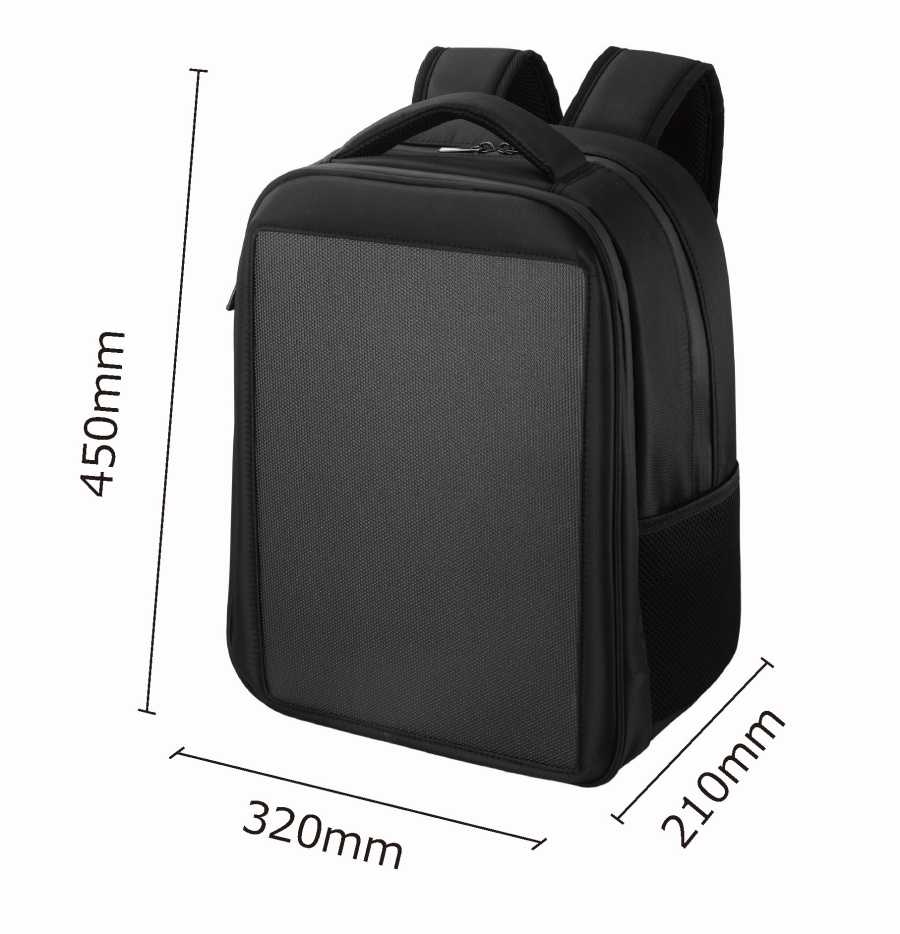Wholesale Custom 50W Solar Blanket Manufacturing Company
The 50W Solar Blanket, a solar energy product, is designed to harness the sun's energy and convert it into a reliable power source for a multitude of devices. Its efficiency and performance are pivotal factors that determine its suitability for various environments, especially given the wide range of temperatures it may encounter. This comprehensive analysis aims to explore how the 50W Solar Blanket performs under different temperature conditions, a critical aspect for users who rely on its consistent output.
The 50W Solar Blanket's performance is influenced by several environmental factors, with temperature being one of them. Solar panels, including those found in the 50W Solar Blanket, are sensitive to temperature changes, and this sensitivity can affect their power output. In general, solar panels become less efficient as temperatures rise. This is because an increase in temperature can cause a decrease in the solar cell's output voltage, which in turn reduces the overall power generation.
At low temperatures, the 50W Solar Blanket may experience a slight increase in efficiency due to the reduced resistance in the solar cells. However, bad cold can also have negative effects, such as causing the materials in the solar blanket to become brittle, which could cause physical damage. It is important to note that the 50W Solar Blanket is designed with durability in mind, ensuring that it can withstand a range of temperatures without significant performance degradation.
Suitable performance for the 50W Solar Blanket is achieved within a specific temperature range, typically between 25°C and 45°C. Within this range, the solar blanket can deliver its rated 50W output with a loss in efficiency. However, as temperatures exceed 45°C, the power output begins to decline. This decline is not linear, and the rate of decrease can vary depending on the specific materials and construction of the solar blanket.
To mitigate the effects of high temperatures on the 50W Solar Blanket, manufacturers often incorporate cooling mechanisms or use materials that have a high thermal tolerance. These measures help to maintain the integrity of the solar cells and ensure that the 50W Solar Blanket continues to function effectively even in warmer climates.
Conversely, in colder climates, the 50W Solar Blanket may need to be used in conjunction with heating elements or insulated covers to prevent the solar cells from becoming too cold. This additional protection can help to maintain the solar blanket's performance and prevent damage due to freezing temperatures.
It is also worth mentioning that the 50W Solar Blanket's performance is not solely dependent on air temperature. The temperature of the solar cells themselves can be affected by the amount of sunlight they receive and the angle at which the solar blanket is positioned. Therefore, the orientation and shading of the 50W Solar Blanket can also play a role in its temperature management and overall performance.
In conclusion, the performance of the 50W Solar Blanket is indeed affected by temperature variations. While it is designed to operate efficiently within a certain temperature range, understanding how temperature impacts its performance is crucial for users who may encounter bad conditions. By taking the necessary precautions and considering the environmental factors, the 50W Solar Blanket can continue to provide a reliable source of power, regardless of the temperature.



 English
English 中文简体
中文简体 Français
Français Español
Español Deutsch
Deutsch

















